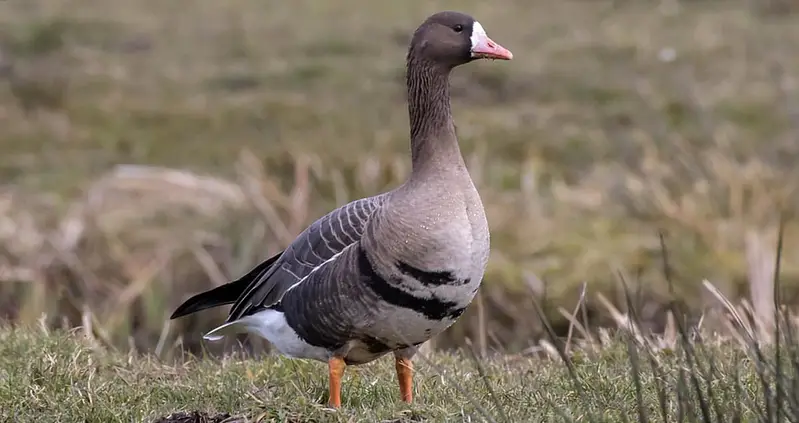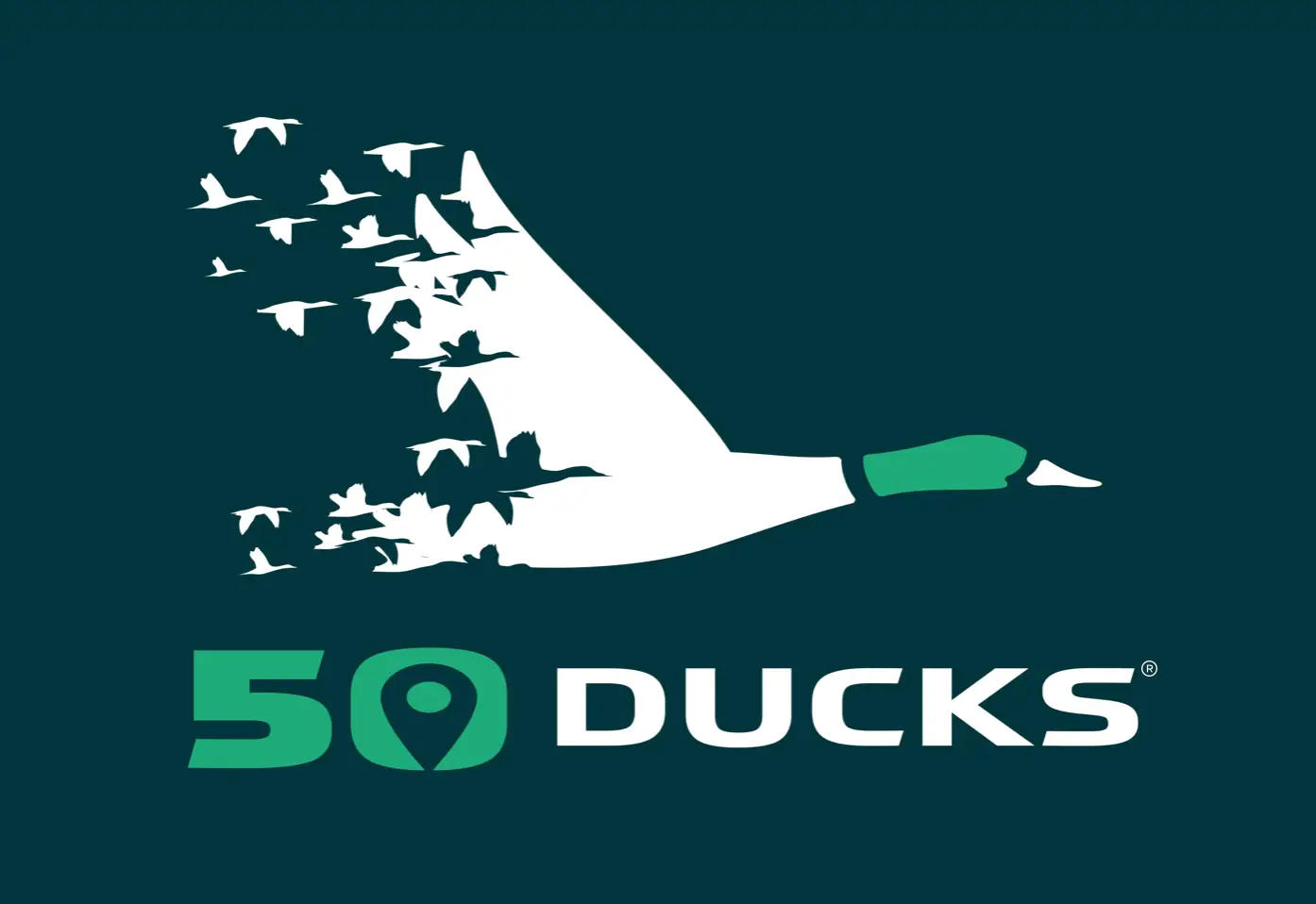About Tule White-Fronted Goose
The Tule Goose (Anser albifrons elgasi) is one of two subspecies of the Greater White-fronted Goose, with an estimated population of around 15,000, making it the smallest population among the goose subspecies. Mostly found along the Pacific Flyway, these remarkable birds are long-range migrants, nesting in the high Arctic tundra. Tule Geese mate for life and are often found interspersed with other dark and light goose species. To see the GPS tracks of dozens of these magnificent birds, head over to the 50 Ducks duck map today!

Identification
Tule Geese can be identified by their distinctive white foreheads and black barring on their bellies, similar to the Greater White-fronted Goose. However, they are generally larger and have a thicker body, with a darker plumage overall.
Breeding
Tule Geese nest in the high Arctic tundra, where they form monogamous pairs and maintain lifelong bonds. The female typically lays a clutch of four to six eggs, and both parents are involved in raising the young until they are ready to migrate.
Behavior
Tule Geese are social birds that form strong family units and mate for life. They are often seen interspersed with other goose species, both dark and light varieties, during migration and in their wintering grounds. Their social behavior includes foraging and flying in coordinated groups.
Habitat
Tule Geese inhabit the high Arctic tundra during the breeding season, preferring remote and isolated areas for nesting. During migration and wintering periods, they can be found in wetlands, marshes, and agricultural fields along the Pacific Flyway.
Migration
Tule Geese are long-range migrants that travel vast distances between their breeding grounds in the high Arctic tundra and their wintering habitats along the Pacific Flyway. These geese undertake significant migratory journeys, often covering thousands of miles each year.
No Data Found
How many days tracked
Lorem ipsum dolor sit amet, consectetur adipiscing elit. Ut elit tellus, luctus nec ullamcorper mattis, pulvinar dapibus leo.
Where are they now?
Lorem ipsum dolor sit amet, consectetur adipiscing elit. Ut elit tellus, luctus nec ullamcorper mattis, pulvinar dapibus leo.
No Data Found
No Data Found
Total Number of Data Points for Tule White-Fronted Goose
Lorem ipsum dolor sit amet, consectetur adipiscing elit. Ut elit tellus, luctus nec ullamcorper mattis, pulvinar dapibus leo.
Start and End Date Tracking of Tule White-Fronted Goose
Lorem ipsum dolor sit amet, consectetur adipiscing elit. Ut elit tellus, luctus nec ullamcorper mattis, pulvinar dapibus leo.
No Data Found
Overall Data from the Center
This is historical data from various sources. This data is available in its full form on our Duck Map in an easily visualizable format.
